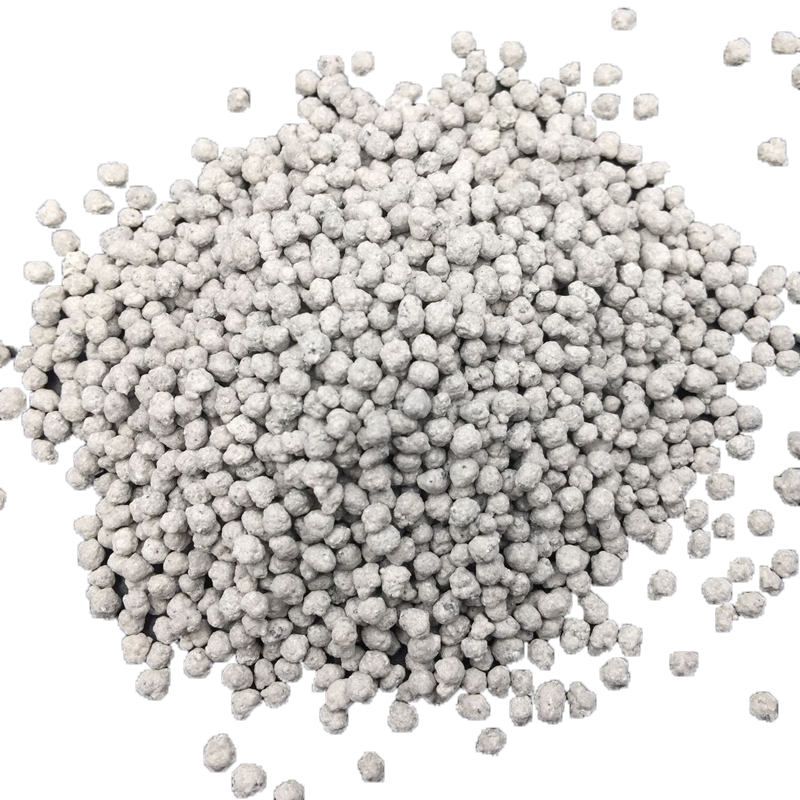
11월 . 07, 2024 22:33 Back to list
Nutrient Requirements for Healthy Tomato Growth and Optimal NPK Ratios
The Importance of NPK in Tomato Cultivation
Tomatoes, one of the most widely consumed vegetables globally, are cherished not only for their flavor but also for their nutritional value. Essential to successful tomato cultivation is an understanding of NPK, which refers to the three critical nutrients in fertilizers nitrogen (N), phosphorus (P), and potassium (K). Each of these elements plays a vital role in the growth and development of tomato plants. In this article, we will explore the significance of NPK in tomato cultivation, the functions of each nutrient, and considerations for effective fertilizer application.
Understanding NPK
NPK fertilizers are labeled with a series of three numbers, each representing the percentage of nitrogen, phosphorus, and potassium in the preparation. For example, a fertilizer labeled 10-10-10 contains 10% nitrogen, 10% phosphorus, and 10% potassium. The balance of these nutrients is crucial for optimal plant health and productivity.
Nitrogen (N)
Nitrogen is a key nutrient for the growth of tomato plants. It is the main component of chlorophyll, the molecule that allows plants to photosynthesize and convert sunlight into energy. Nitrogen promotes lush, green foliage, which is vital for the development of new leaves and stems. However, while nitrogen is essential for vegetative growth, excessive nitrogen can lead to overly vigorous foliage at the expense of fruit production. Therefore, it’s important to balance nitrogen levels to ensure that plants produce adequate fruit while maintaining healthy leaves.
Phosphorus (P)
Phosphorus plays a crucial role in root development, flowering, and fruit set in tomatoes. It is involved in energy transfer and photosynthesis, which are vital processes for plant growth. Adequate phosphorus levels ensure that tomato plants establish strong root systems, enhancing their ability to absorb water and nutrients from the soil. Phosphorus is particularly important during early growth stages and flowering, as it helps in the formation of flowers and subsequently the setting of fruits. A deficiency in phosphorus can lead to poor yield and a lack of fruit maturity.
Potassium (K)
Potassium is essential for managing plant water use, improving disease resistance, and enhancing fruit quality. It helps regulate the opening and closing of stomata, enabling effective transpirational cooling and nutrient uptake. Potassium also aids in the synthesis of proteins and starch, contributing to the overall health and vigor of the tomato plant. Moreover, it plays a significant role in improving the taste and texture of the fruit. Tomatoes rich in potassium tend to be juicier and more flavorful, giving them an edge in culinary uses and marketing.
tomato food npk

Application of NPK in Tomato Cultivation
For optimal growth, it is crucial to apply NPK fertilizers at the correct stages of tomato development. Here are some guidelines
1. Soil Testing Before applying any fertilizer, conduct a soil test to determine the existing nutrient levels. This helps in tailoring the NPK ratio to the specific needs of your soil and plants.
2. Initial Application A balanced NPK fertilizer can be applied at planting time to provide a strong start for the tomato plants. A typical NPK ratio suitable for initial application may be 5-10-10, promoting root establishment and early flowering.
3. Mid-season Adjustments As the plants grow, they may require adjustments in nutrient ratios. During peak fruiting periods, a higher potassium content might be beneficial to enhance fruit quality.
4. Use of Organic Fertilizers Incorporating organic fertilizers such as compost or well-rotted manure can improve soil structure and enhance nutrient retention, providing a slow-release source of NPK.
5. Monitoring Plant Health Regularly monitor the growth of your tomato plants for signs of nutrient deficiencies, such as yellowing leaves or reduced fruit set. If deficiencies are observed, consider foliar feeding or additional soil applications.
Conclusion
Understanding the role of NPK in tomato cultivation is vital for any gardener or farmer aiming to achieve optimal yields and quality. By effectively managing nitrogen, phosphorus, and potassium levels, growers can ensure healthy plants that produce flavorful and abundant tomatoes. Whether you are an experienced grower or a novice, applying this knowledge can pave the way for successful tomato cultivation and a fruitful harvest.
-
Premium 8 12 16 Fertilizer – High-Efficiency Compound & Granular NPK Supplier
NewsJun.10,2025
-
High Quality Agricultural Grade NPK Fertilizer Manufacturer & Supplier Reliable Factory Price
NewsJun.10,2025
-
Organic Fertilizer for Corn Boost Yield Sustainably
NewsJun.10,2025
-
Organic Fertilizer for New Plants Natural Growth Boost & Eco Nutrients
NewsJun.10,2025
-
Optimized Hydroponic NPK Fertilizer – Fast Growth & Nutrients
NewsJun.09,2025
-
Top-Rated NPK Fertilizer for Fruit Trees - Boost Growth & Yield
NewsJun.09,2025
